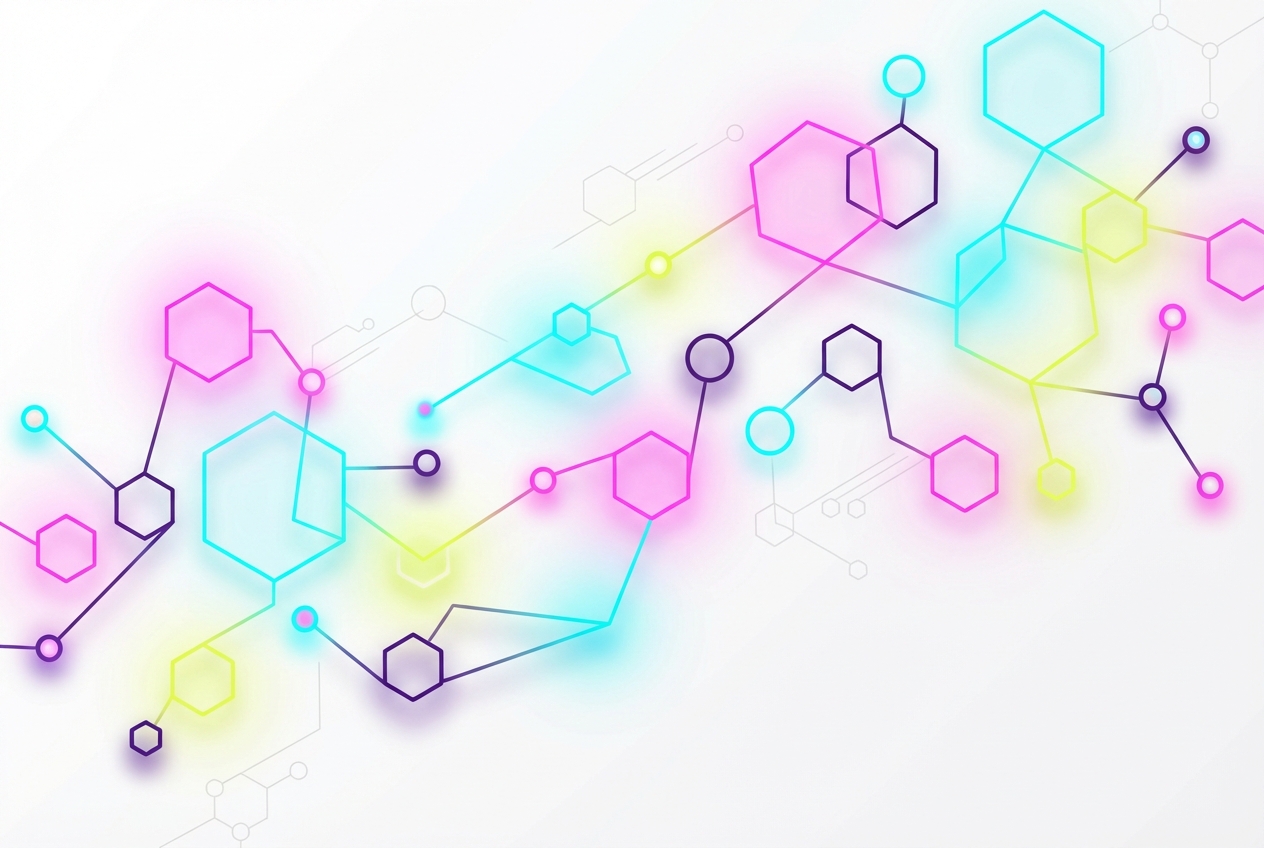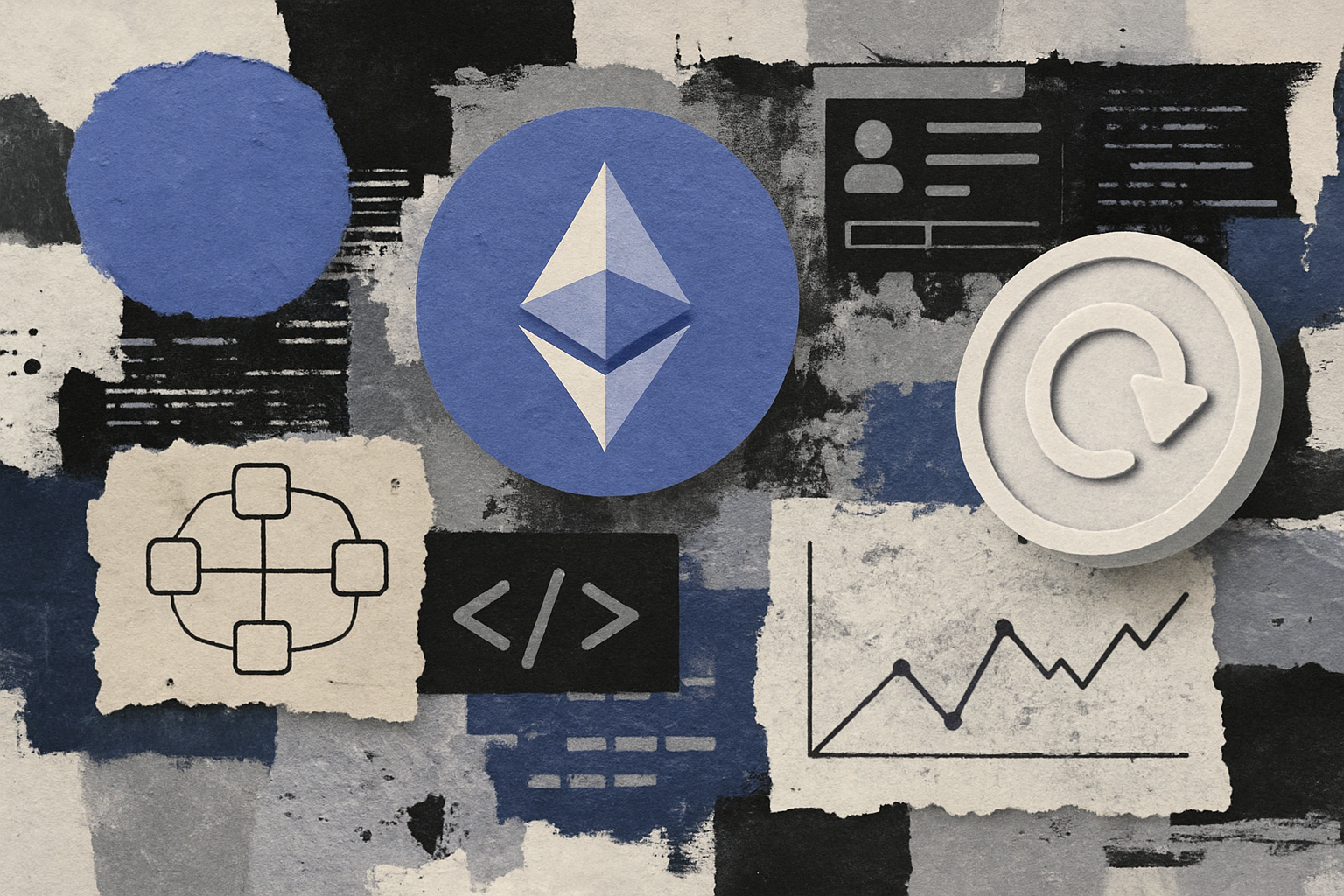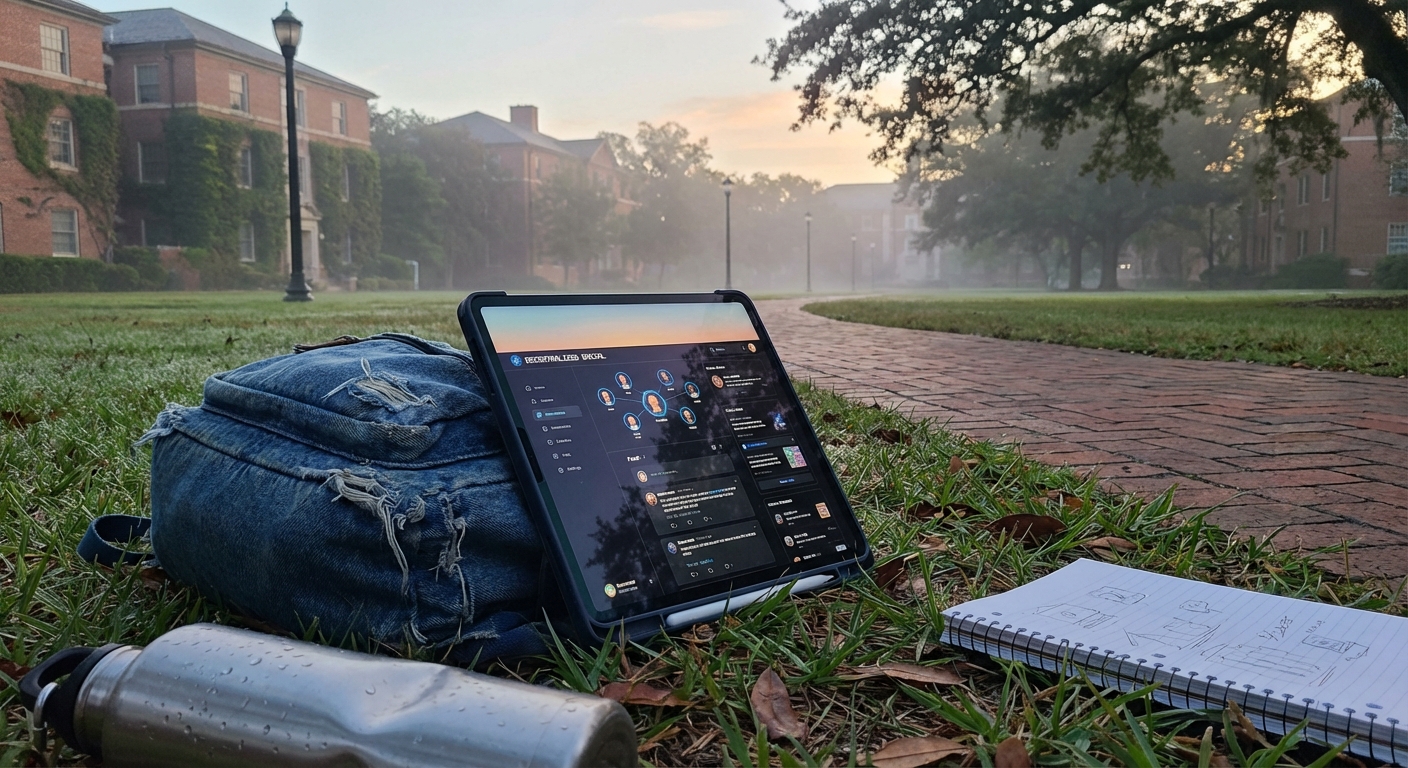
In the rapidly evolving landscape of decentralized social media, two names have emerged at the forefront of innovation: Lens Protocol and Irys. Their partnership is reshaping how content is published, stored, and preserved on Web3. By leveraging blockchain technology and permanent decentralized storage, they offer a robust solution to the longstanding issues of data permanence, user ownership, and censorship resistance that have plagued traditional social platforms.

The Challenge: Social Content at Risk in Web2
Centralized social networks control not just the experience but also the data itself. Users are subject to shifting platform policies, sudden account bans, or even wholesale erasure of years of digital history. In authoritarian regimes or during controversial events, this centralization frequently leads to outright censorship. The promise of Web3 social data permanence seeks to address these vulnerabilities by giving users true control over their content and profiles.
Lens Protocol: Decentralized Social Graph Meets User Sovereignty
Lens Protocol, built atop Polygon’s scalable blockchain infrastructure, introduces a paradigm where user profiles are minted as NFTs. This means that your digital identity, connections, and posts are not housed on a company server but live on-chain, owned by you alone. The protocol’s open-source nature enables developers to build interoperable dApps that respect privacy while fostering innovation.
But storing all social data directly on-chain is expensive and slow. That’s where Lens’ innovative scaling solution comes in: Momoka. Momoka integrates with Irys (formerly Bundlr) to provide a high-throughput storage layer that routes content directly into Arweave’s permanent ledger, achieving transaction speeds and costs competitive with mainstream platforms while retaining decentralization.
Irys and Arweave: Powering Permanent, Censorship-Resistant Storage
Irys acts as the bridge between fast-moving Web3 applications like Lens Protocol and Arweave’s immutable storage network. Once content is published via Lens’ Momoka layer, Irys ensures it is permanently recorded on Arweave, where it cannot be altered or deleted by any single party. This architecture delivers three critical features for the next generation of decentralized social media:
Key Benefits of Integrating Irys with Lens Protocol
-
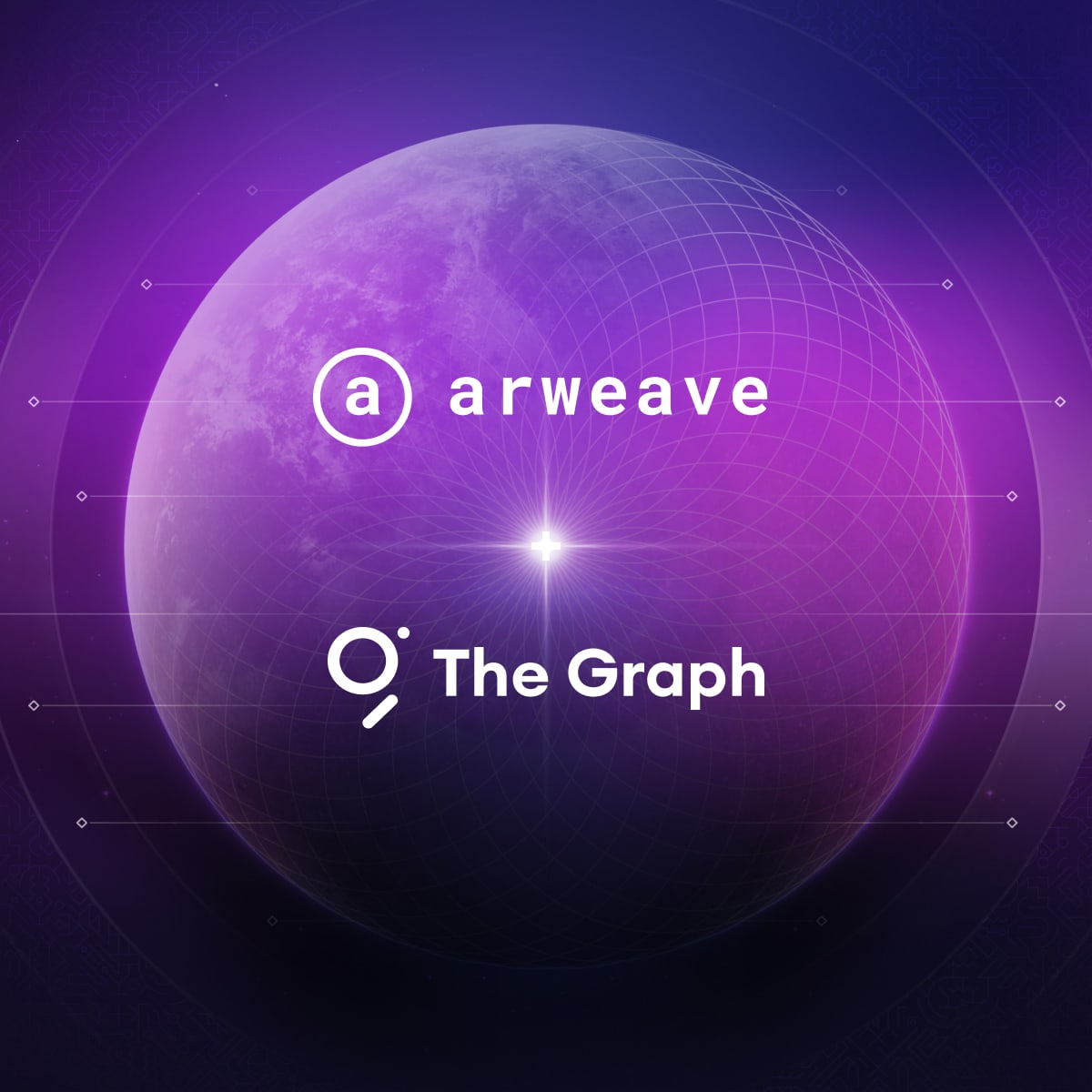
Permanent, On-Chain Social Content: With Irys (formerly Bundlr), all posts, profiles, and interactions on Lens Protocol are stored permanently on Arweave, ensuring content is never lost or deleted.
-
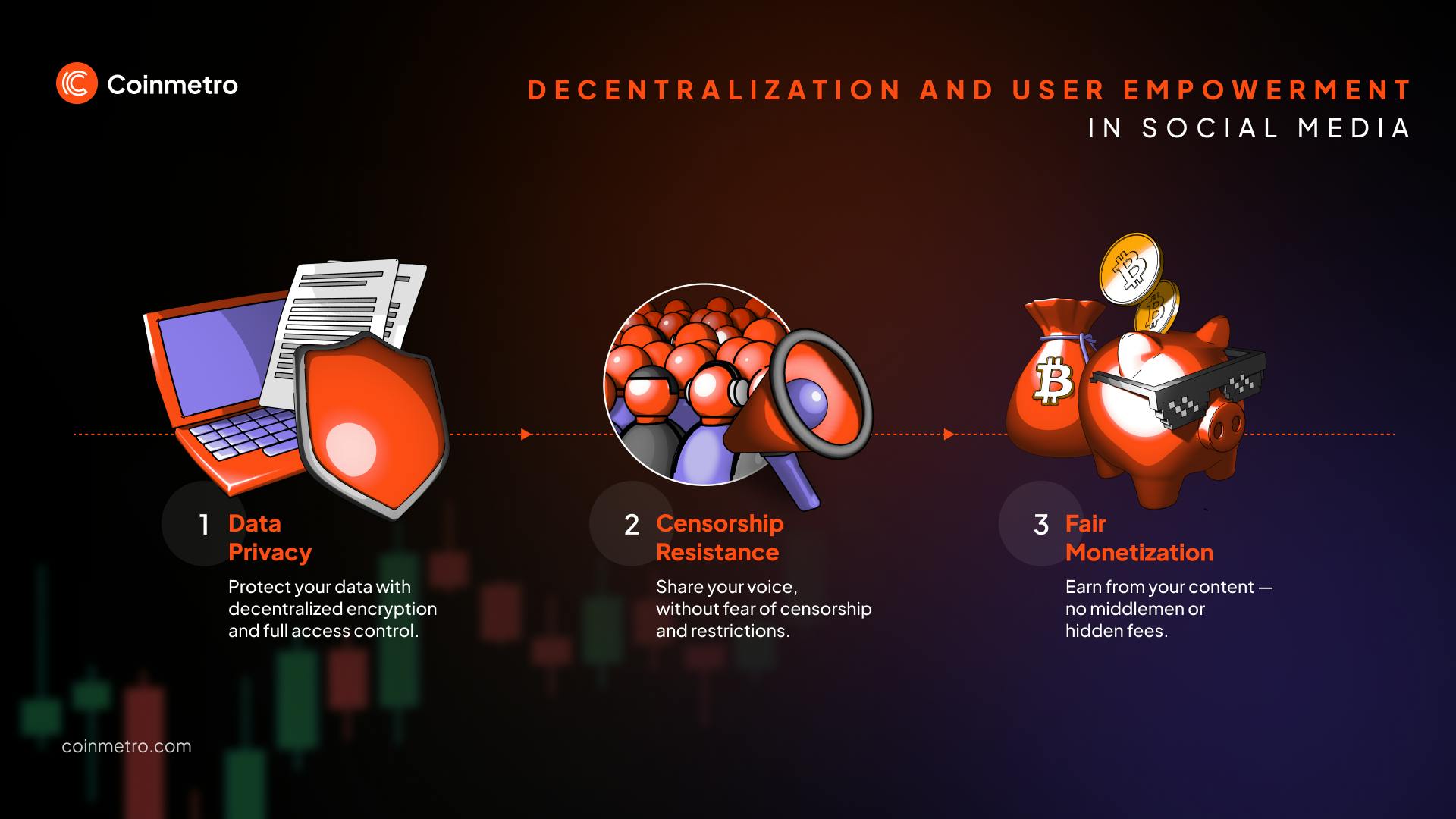
Censorship Resistance: By leveraging decentralized storage, Lens + Irys make it nearly impossible for any single entity to censor or remove user-generated content, empowering true freedom of expression.
-
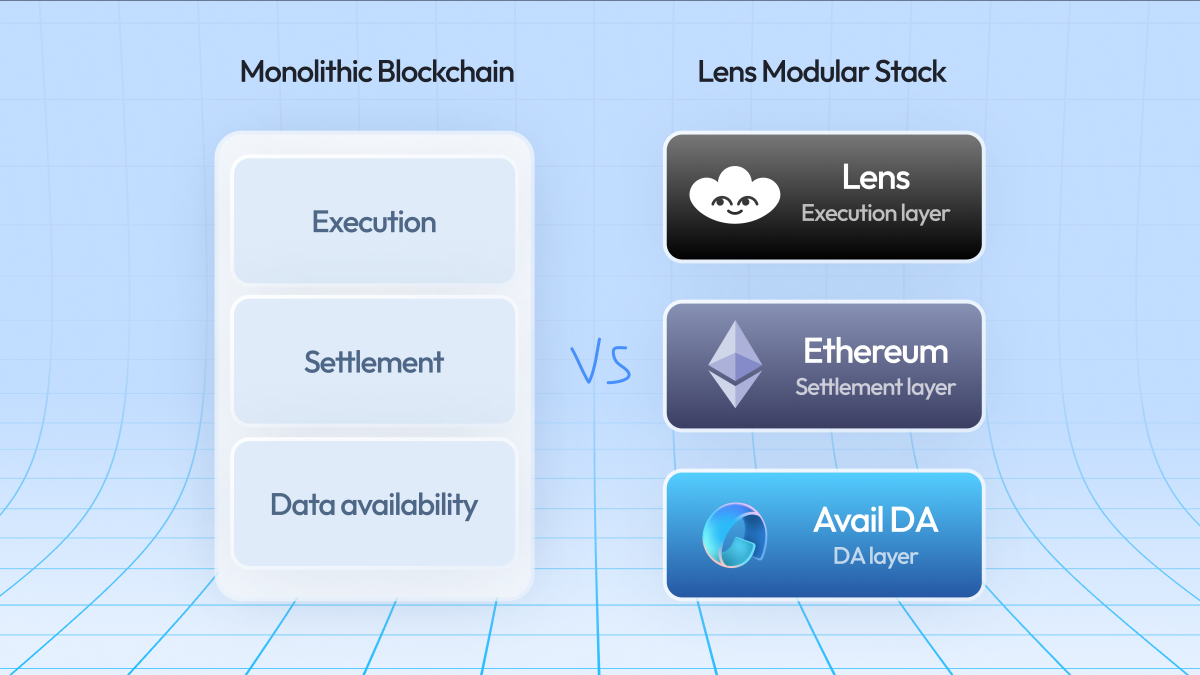
User Ownership and Control: Users retain full ownership of their profiles, connections, and posts as on-chain assets, eliminating reliance on centralized platforms and enabling true digital sovereignty.
-
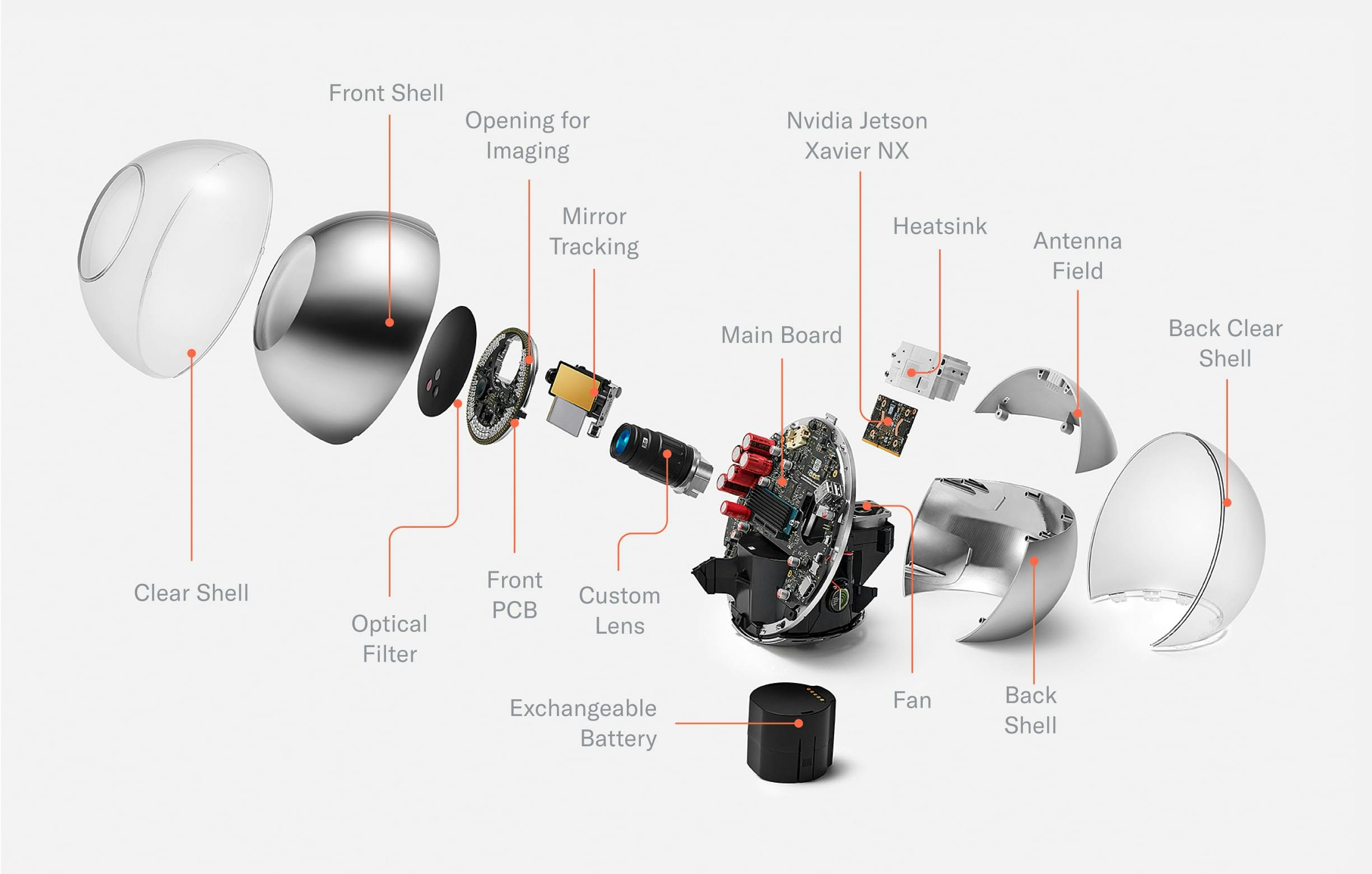
Scalable and Cost-Efficient Publishing: The integration enables social dApps to achieve 1000x cheaper fees and 700x lower latency compared to traditional EVM operations, making large-scale, real-time social interactions practical on Web3.
-
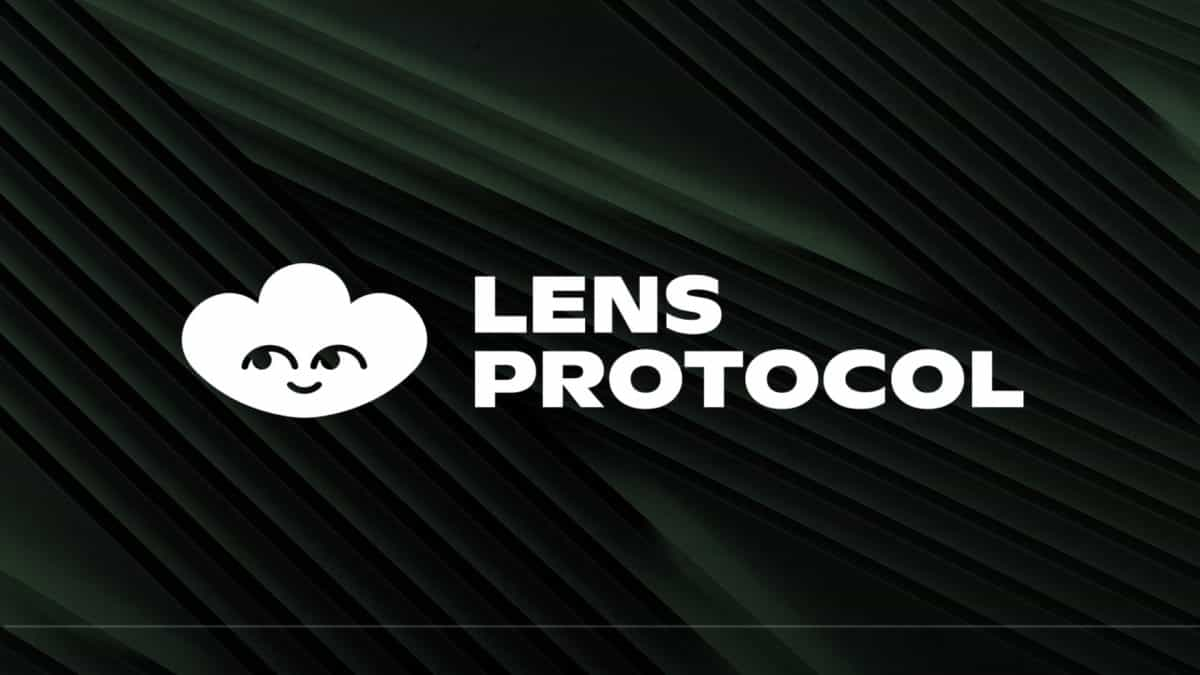
Monetization and Interoperability: Creators can seamlessly monetize their content and interact across a growing ecosystem of dApps, thanks to the open, composable nature of Lens and the permanent storage provided by Irys.
This approach isn’t just theoretical; it’s operational today. Developers can build dApps where every post, comment, or profile update is cryptographically timestamped and stored forever, immune to takedowns or retroactive edits by centralized authorities.
The Technical Edge: Cost and Performance at Scale
The Lens Protocol and Irys partnership isn’t just about ideology, it’s about practical scalability. Traditional EVM-based storage can be prohibitively expensive for high-volume platforms. By leveraging Irys as a storage ordering layer, Lens achieves up to 1000x cheaper fees and 700x lower latency than standard EVM operations. Users enjoy near-instant publication speeds without compromising on security or ownership.
This technical leap makes truly censorship-resistant decentralized social networks viable at scale, a feat previously thought unattainable without sacrificing usability or cost-effectiveness.
The result is a new model for digital expression, where creators and communities can trust that their voices remain accessible and unaltered, regardless of shifting political winds or platform business models. By storing content on Arweave through Irys, Lens Protocol users gain a future-proof archive for their social interactions, ensuring that no single entity can rewrite or erase history.
Critically, this architecture also supports monetization and innovation. Developers are free to build SocialFi applications atop the Lens graph, knowing that every post, like, or follow is not only user-owned but also permanently accessible. This unlocks new models for creator economies, community governance, and even verifiable reputation systems within decentralized social media.
User Experience: Privacy and Control Without Compromise
For end users, the integration of Irys Arweave Lens technology means more than just technical resilience, it’s about peace of mind. Profiles are portable across dApps; content cannot be shadow-banned or removed without consent; data privacy is preserved by design. The ability to own one’s social graph outright represents a fundamental departure from Web2 norms.
Moreover, the cost savings achieved by Momoka and Irys mean users aren’t burdened with prohibitive transaction fees, a crucial factor for mainstream adoption. This aligns with the broader Web3 ethos: empowering individuals while removing barriers to participation.
Looking Ahead: The Future of Decentralized Social Media
The implications extend far beyond technical novelty. As global conversations increasingly migrate online, the ability to guarantee permanent social content on Web3 becomes a pillar of free expression and digital sovereignty. The Lens Protocol and Irys partnership exemplifies what’s possible when open-source collaboration meets robust decentralized infrastructure.
With every post etched into an immutable ledger, communities can organize without fear, creators can monetize without gatekeepers, and information can persist beyond the control of any single actor.
[list: Top use cases emerging from the Lens-Irys-Arweave integration]
As more developers experiment with these primitives, and as users demand greater privacy and control, the ecosystem around decentralized social media privacy will only grow stronger. Expect new dApps focused on journalism, activism, art collectives, and niche communities to leverage these tools in ways that reshape our digital public square.
The momentum behind censorship-resistant decentralized social platforms is real, and now supported by infrastructure built to last as long as human memory itself. For those building or investing in the future of online interaction, understanding these architectures isn’t just prudent; it’s essential for staying ahead in the rapidly evolving world of Web3 social networks.



